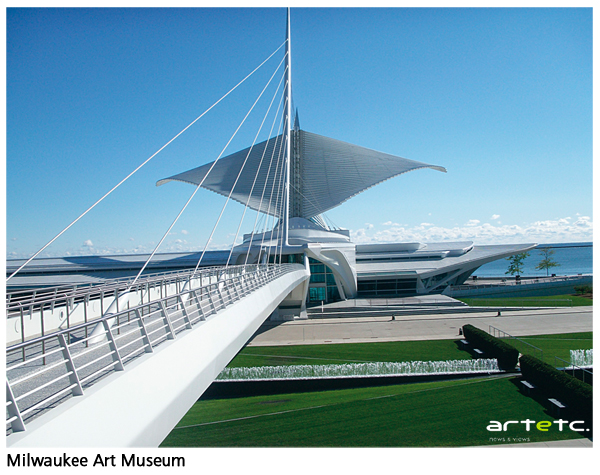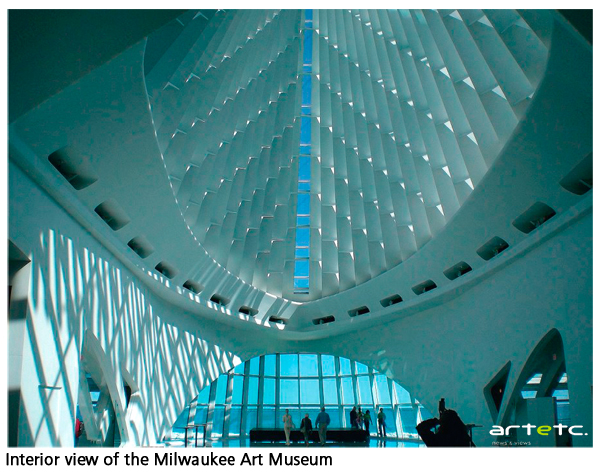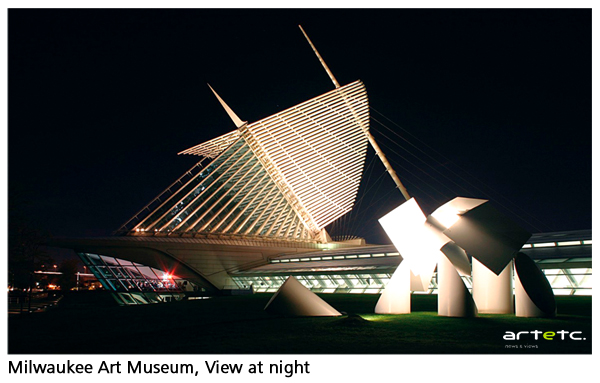- Publisher’s Note
- Editorial
- Progressive Artists Group of Bombay: An Overview
- S. H. Raza: The Modern
- Ara: The Uncommon Commoner
- Art of Francis Newton Souza:A Study in Psycho-Analytical Approach
- M.F. Husain: An Iconoclastic Icon
- Husain’s ‘Zameen’
- Life and Art of Sadanand Bakre
- Hari Ambadas Gade: Relocating the Silent Alleys
- Mysticism Yearning for the Absolute
- Modernist Art from India at Rubin Museum of Art, New York
- Traditional Art from India at the Peabody Essex Museum
- Nandan Mela 2011: A Fair with Flair
- India's First Online Auction of Antiquities
- The Market Masters
- Markets May Plunge and the Rich May Flock To Art
- What Happened and What's Forthcoming
- Random Strokes
- Julian Beever: Morphing Reality With Chalk Asthetics
- Eyes on Life: Reviewing Satish Gujral’s Recent Drawings
- Exploring Intimacy: Postcards of Nandalal Bose
- Irony as Form
- Strange Paradise
- Eyeball Massage: Pipilotti Rist
- René Lalique: A Genius of French Decorative Art
- The Milwaukee Art Museum – Poetry in Motion
- 9 Bäumleingasse
- Art Events Kolkata: November – December 2011
- Art Bengaluru
- Mumbai Art Sighting
- Delhi Dais
- Tacita Dean at Turbine Hall, Tate Modern, London
- Preview: January, 2012 – February, 2012
- In the News: December 2011
ART news & views
The Milwaukee Art Museum – Poetry in Motion
Issue No: 24 Month: 1 Year: 2012
Architecture
by Shambhavi R. Padukone
Wisconsin. The Milwaukee Art Museum in terms of its architectural is ranked as one of the most elegant and captivating contemporary museum buildings in the world. It is a combination of three independent yet inter-connected buildings designed by three well-known architects – Eero Saarinen, David Kahler and Santiago Calatrava – and a landscape designer – Dan Kiley.

The Museum has its roots in two art groups- the Layton Art Gallery (1888) and Milwaukee Art Institute (1918), which eventually merged to form the Milwaukee Art Centre in 1957. After World War-II, the Milwaukee Civil Alliance formed the Milwaukee War Memorial Corporation to set up a War Memorial Centre. Eliel Saarinen was initially invited to design the centre. However, after his death in 1950, his son Eero Saarinen took over the project. The idea was to create an arts complex on the shore of Lake Michigan. Saarinen’s heavy and rather sombre design – both in form and material – was influenced by the abstract geometric sensibilities of the Modernist French architect Le Corbusier.
The Milwaukee Art Centre collection moved into the Saarinen- designed building. The museum collection continued to expand throughout the 1900s. Peg Bradley donated her entire collection of more than 600 Modern, European and American works of art along with one million dollars to construct and expand the original museum building. A 1975 addition designed by Divid Kahler greatly expanded the museum’s gallery space. In 1980, the Milwaukee Art Centre was renamed as the Milwaukee Art Museum to reflect its vision and mission to collect, preserve and exhibit art works.
Another major expansion was proposed and accepted in 1994. An expansion that would not just expand the exhibition space but would create a new image for the museum and by extension for the city as well. Looking for a strong architectural statement, architect and engineer Santiago Calatrava was invited in 1994 to design the additions to the existing building. Calatrava didn’t modify Saarinen’s original building. He added to the lakefront instead and by doing so he extended the Wisconsin Avenue almost into the Lake Michigan. His addition, the Quadracci Pavilion, was completed in October 2001, becoming the first building constructed by him in the United States. The museum guide introduces the pavilion as its largest work of art, a structure that very skilfully and aesthetically combines cutting-edge technology with the city’s artistic traditions. The architectural theme responds to its surrounding natural and cultural environment– the lake, sailboats, birds, changes in weather and directions of the wind movement.
Its outstanding external feature is thewing-like Burke Brise Soleil that opens and closes at regular intervals. Each wing is made up of 36 inter connected steel fins, spanning almost 220 feet. If the winds exceed 23 miles per hour for more than 3 seconds, sensors on the fins automatically initiate the closing of the wings. According to Calatrava, “in the crowning element of the Brise Soliel, the building’s form is at once formal (completing the composition, functional (controlling the level of light), symbolic (opening to welcome visitors) and iconic (creating a memorable image for the museum and the city).”
 The wings soar over a ninety-foot high grand entrance– Windhover Hall. It is a postmodern interpretation of a Gothic Cathedral, complete with flying buttresses, pointed arches, ribbed vaults supporting a 90 foot high glass ceiling. The white surfaces and the ceiling-to-floor windows provide an expansive view of the lake and sky outside. The name Windhover comes from one of the donor, Harry Quadracci’s favourite poems, The Windhover (1918) by Gerard Manley Hopkins, which marvel at the bird’s mastery of hovering in the air. The interior of the building is deceptively simple with shapes and details repeating and extending into the parking space beneath. A continuity of the shapes and repetition can be seen in the display cabinets in the museum shop and the chairs in the auditorium as well. This repetition of forms and patterns seems to create a floating effect with the lake in the background. This hall is connected to the existing museum building by a long promenade – a cable-stayed Reiman Pedestrian Bridge that connects Milwaukee’s downtown with the waterfront.
The wings soar over a ninety-foot high grand entrance– Windhover Hall. It is a postmodern interpretation of a Gothic Cathedral, complete with flying buttresses, pointed arches, ribbed vaults supporting a 90 foot high glass ceiling. The white surfaces and the ceiling-to-floor windows provide an expansive view of the lake and sky outside. The name Windhover comes from one of the donor, Harry Quadracci’s favourite poems, The Windhover (1918) by Gerard Manley Hopkins, which marvel at the bird’s mastery of hovering in the air. The interior of the building is deceptively simple with shapes and details repeating and extending into the parking space beneath. A continuity of the shapes and repetition can be seen in the display cabinets in the museum shop and the chairs in the auditorium as well. This repetition of forms and patterns seems to create a floating effect with the lake in the background. This hall is connected to the existing museum building by a long promenade – a cable-stayed Reiman Pedestrian Bridge that connects Milwaukee’s downtown with the waterfront.
The museum grounds were redesigned by the landscape Dan Kiley with a network of gardens, plazas and fountains. He had a formal geometric approach to landscape designing which seamlessly integrated the whole site. It reflected the formal articulation of Saarinen’s modernist structure and counter balanced Calavatra’s post-modern repetitive patterns.
 Calatrava’s architectural language gets reflected in his flowing and curved buildings. He uses steel, concrete and computer modelling to create compositions that on the face of it appear structurally quite impossible. While Saarinen’s building is landlocked, heavy and built in grey tones and epitomizes the modernist architectural sensibilities that “form follows function”, Calatrava completely turns around that notion. The dramatic contours he creates are primarily for aesthetic reasons. This design was a collaboration of various designers and architects who sought to integrate the Museum into the urban and natural landscape around it using their own ideals. After the completion of the construction, Calatrava hoped that they were successful in not just designing a building but a piece of the city.
Calatrava’s architectural language gets reflected in his flowing and curved buildings. He uses steel, concrete and computer modelling to create compositions that on the face of it appear structurally quite impossible. While Saarinen’s building is landlocked, heavy and built in grey tones and epitomizes the modernist architectural sensibilities that “form follows function”, Calatrava completely turns around that notion. The dramatic contours he creates are primarily for aesthetic reasons. This design was a collaboration of various designers and architects who sought to integrate the Museum into the urban and natural landscape around it using their own ideals. After the completion of the construction, Calatrava hoped that they were successful in not just designing a building but a piece of the city.
There are critics who object that the trustees spent a hundred million dollars on a spectacular entrance that diverts attention from the collection. It invites people to visit the museum primarily as an architectural site. However, the Milwaukee Art Museum has expressive dimensions that artistically represent architecture as an art form and at the same time as a façade or a frame for the art works it contains.
It is in fact poetry in motion.